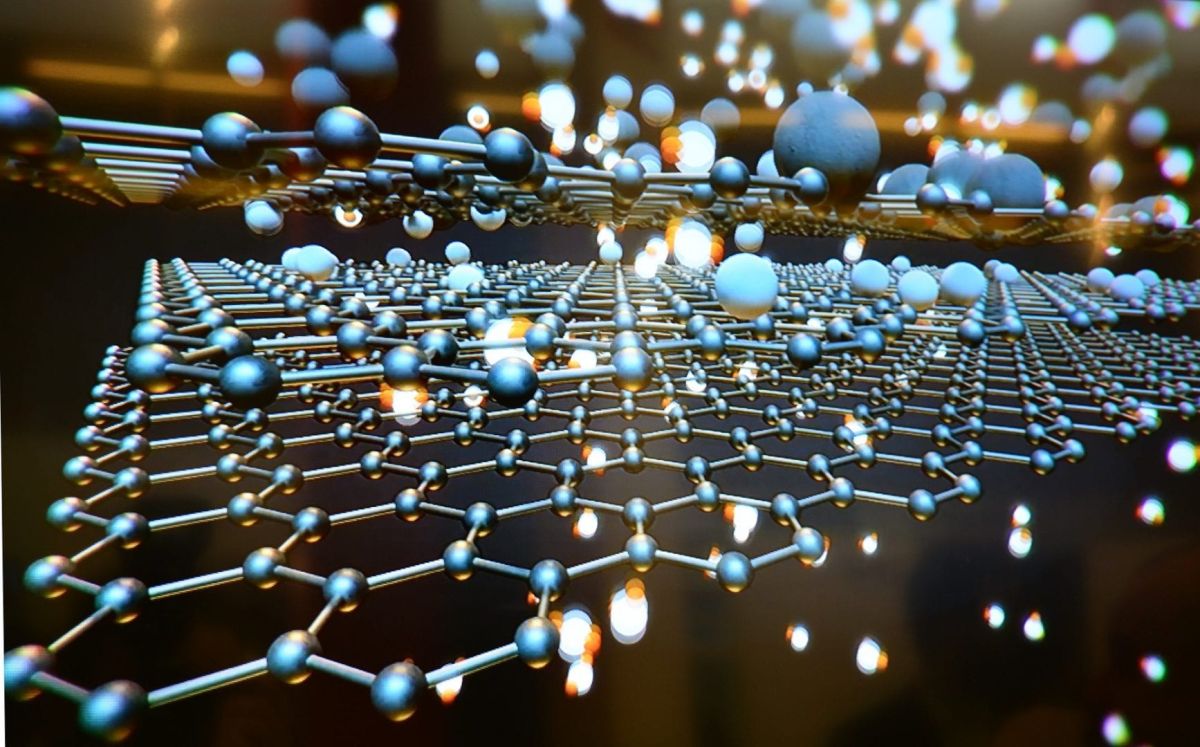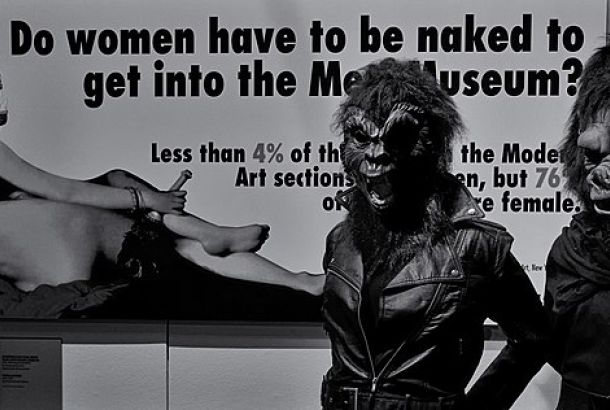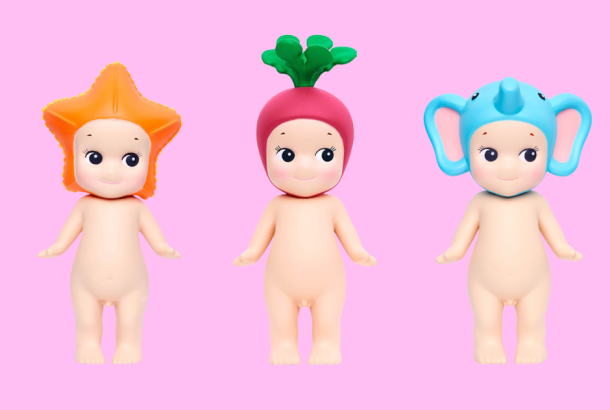Is it Art? Science

Throughout my Chemistry degree, I’ve been asked if I enjoy cooking. After all, I work in labs that involve the same skills: weighing, mixing, and heating things to change the structure of a mixture. From cake batter to cake, or from a blue solution to crystals – you can see the similarity. This similarity is hard to ignore when you consider Heston Blumenthal, who uses a variety of lab techniques in his cooking and has been made a Fellow of the Royal Society of Chemistry. These similarities extend to artists who mix paint and heat glazes, which brings forth the question: can Chemistry be considered art?
I’ve sat in lecturers thinking ‘I didn’t sign up for an art degree, I can’t draw!’ whilst watching lecturers draw molecules from different perspectives. I’ve looked at geometric structures that are aesthetically pleasing, thinking they could be a wallpaper design. And when an experiment produces brightly coloured solutions or crystals I can’t help but take a photo to post on Instagram. So, at the very least, Chemistry is a visual subject, and if it were seen hung up in an art gallery without any context, I do think it could be considered art.
I’m not suggesting that functions which are used to calculate the probability of an electron being at a certain distance from a nucleus are art because I don’t think that’s objectively beautiful to look at in the way that Van Gogh’s sunflowers are. Yes, scientists have to be creative and fill lab books with different attempts at answering a question – as artists do in sketchbooks – and it doesn’t always work out the way we want it to. But does that make the final product art?
Understanding the latest scientific research can be intimidating for those who haven’t studied it past the age of 16 (and for those who did and aren’t specialised in that field). Often it is explained in too much detail and there’s an assumption that the general public just does not have an interest. But maybe we can make it more accessible by changing the emphasis to one with a focus on the visual products of Chemistry, accompanied by a small explanation. Art exhibitions use that small white plaque with a name, date, and a short description of the work. Maybe a similar approach could be used when engaging the public in science.
Verdict: So is Chemistry art? I don’t think that matters, but I think it would be beneficial to focus on how visual it can be. That way, it can be made more engaging for those who don’t need all the details behind the research.







